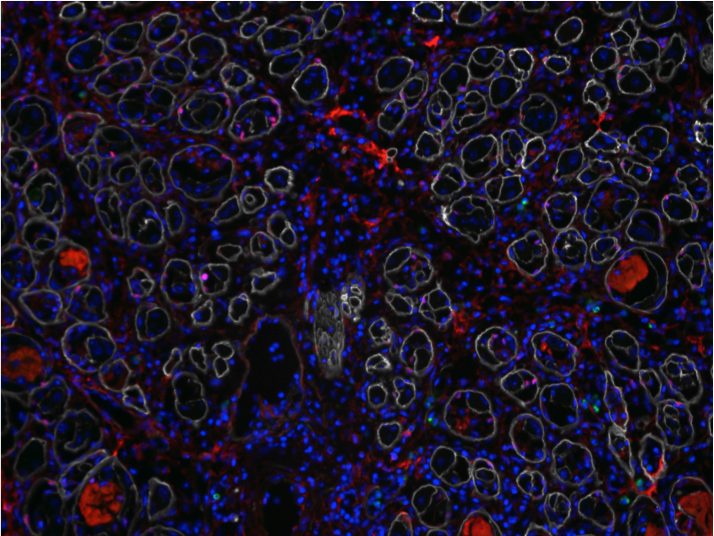Stem Cell Rejuvenation

Most mammalian tissues contain adult stem cells that are able to repair injuries and uphold tissue maintenance throughout the life of the organism. The unique ability of stem cells to repair tissues possesses the potential to pave way for future medical intervention in the area of regenerative medicine, and provides valuable insight and understanding of the science of aging.
Long-term maintenance of stem cells is accomplished through a state known as quiescence, which was previously believed to be a state of inactivity. However, recent advancements in stem cell biology have suggested that quiescence is vital to the preservation of stem cell sustainability and potency, is actively regulated, and plays a role in the rapid mobilization of stem cells when necessary. Prof Tom Cheung and his lab are using next-generation sequencing techniques to investigate the molecular controls of the activity of young and aged stem cells at the epigenetic, transcriptional, and post-transcriptional levels, also to devise new molecular targets to restore the functionality of aged stem cells. Recent discoveries have shown that the loss of stem cell quiescence is correlated to a decrease in tissue function in various tissues due to a reduction in the stem cell pool.
Advancements in the understanding of stem cells have far-reaching implications in regenerative therapies, disease and aging.
Prof Tom Cheung is S H Ho Associate Professor of Life Science, Director of the Biotechnology Research Institute and HKUST-BGI Joint Research Center. He is the recipient of the 2015 Croucher Innovation Award.